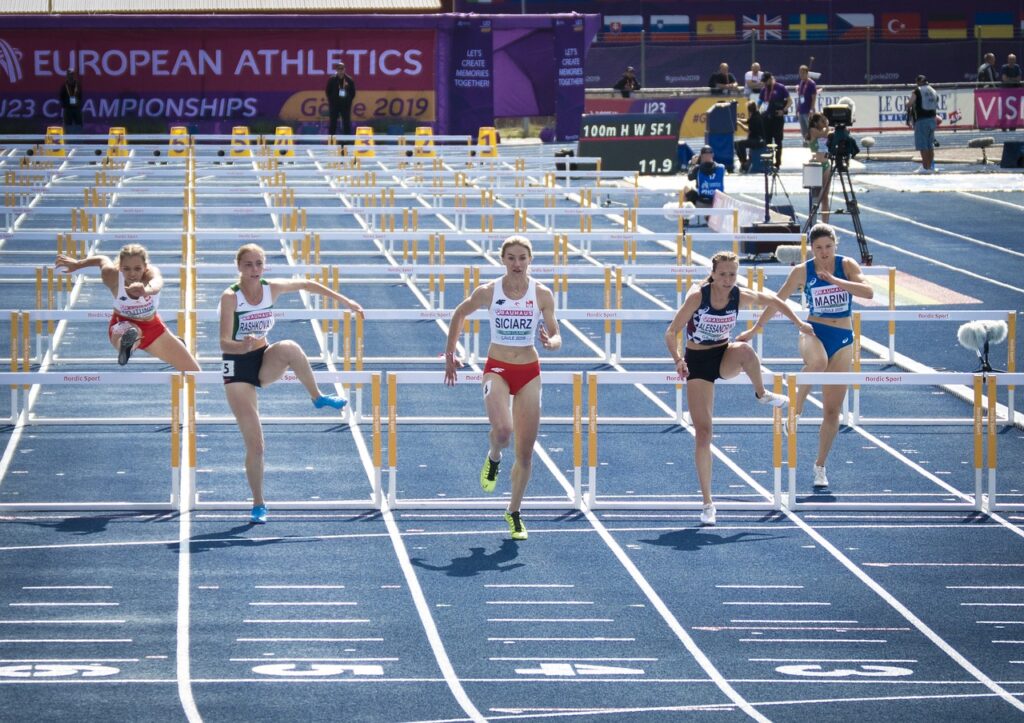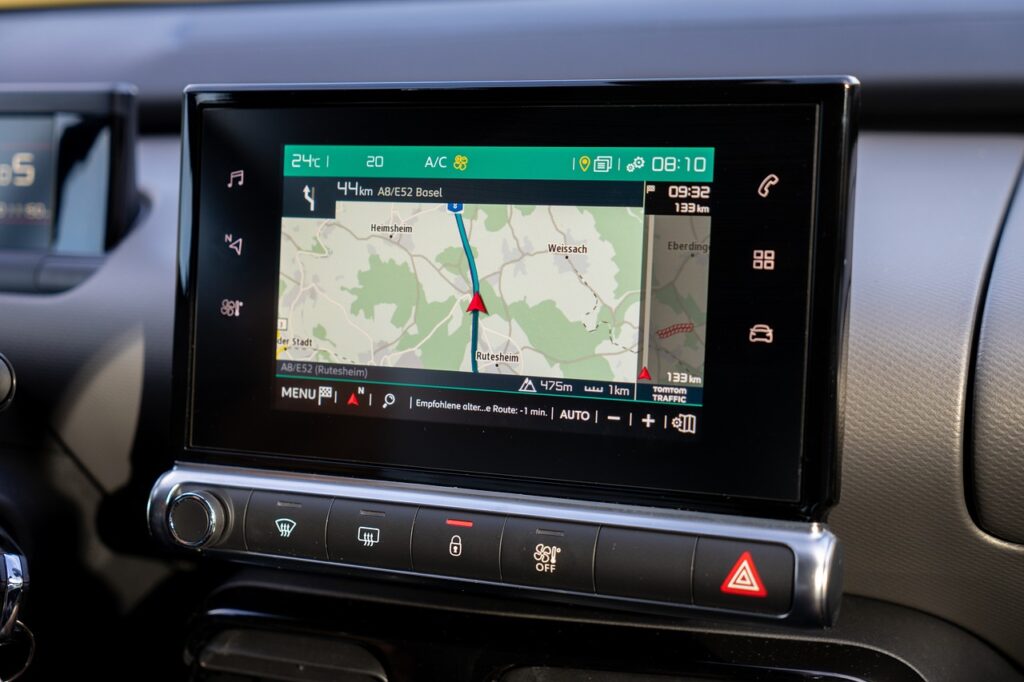Words like “position,” “path length,” and “displacement” are frequently used when describing the location, trajectory, and distance traveled of moving objects. Despite their simplicity, these ideas are essential to understand motion in physics and aid in our comprehension of how objects move. To better understand what they stand for and how they differ, let’s examine each one in more detail.
1.Position: Defining the Location of an Object
Placement of an object in space at any given moment is called its position. Consider a system of coordinates, such as a map grid, in which each point has a different coordinate (for example, x and y on a two-dimensional plane). Position provides the precise location of an object on that grid.
A quantity with both magnitude (size or value) and direction is usually used to indicate the position. Position of an automobile is defined as a vector pointing east with a magnitude of 5 kilometers if it is situated 5 kilometers east of a reference point from your home. Position vectors make easy the understand about object’s location as well as its direction relative to a reference point.

2. Path Length: The Total Distance Traveled
The term “path length” describes the actual distance traveled by an object, independent of direction, as it travels from one location to another. It is the entire distance traveled by an object as it moves, measured along the path.
The overall distance you travel indicates the length of the path, even if it winds through several streets. Path length is a scalar quantity in this sense; it has simply magnitude and no direction. Path length is simply the sum of all the lengths you travel, regardless of whether you walk straight forward or take multiple detours.
For calculating the distance, an object has traveled over time, path length is frequently utilised. A cyclist on a curving track, for will estimate the total amount of ground covered because the path length equals the sum of the little distances traveled along the curves.

3. Displacement: The Shortest Distance from Start to Finish
Displacement is the smallest straight-line distance between the starting and finishing points of an object’s route. Displacement of an objects is the change in the position of an object in a fixed direction. As displacement has both magnitude and direction, so it is a vector quantity.
Suppose we start from point A, travel around for a while, and then arrive at place B. Displacement only considers the direct distance between points A and B, regardless of the overall distance you traveled (path length). This means that our displacement would be a straight line from our starting point to our destination, even if we choose a lengthy path.
Displacement’s direction is vital. For example, our displacement is not 7 kilometers if you walk 3 kilometers north and then 4 kilometers east, it is the distance, calculated using the Pythagorean theorem, that would be 5 kilometers northeast if we were to walk a straight line between the start and finish points.
Differences Between Path Length and Displacement
Path Length | Displacement |
This is scalar quantity and has magnitude only, indicates how much length the object has covered overall. It only considers the total distance, not the direction. | This is vector quantity, which measures the straight-line distance between start and finish points, has both magnitude and direction. It is actual path taken, it concentrates on the most shortest distance between two points. |
Example :- A 400-meter track and an athlete completing a full lap. The path is 400 meters long. But since the runner returns to the starting spot, there is no displacement.
Practical Applications
Position, path length, and displacement are fundamental ideas in many disciplines, including engineering, physics, navigation, and even sports. Knowing them can help GPS systems plot directions, engineers create more efficient routes, and athletes gauge their performance by comparing direct displacement to actual distance traveled.
